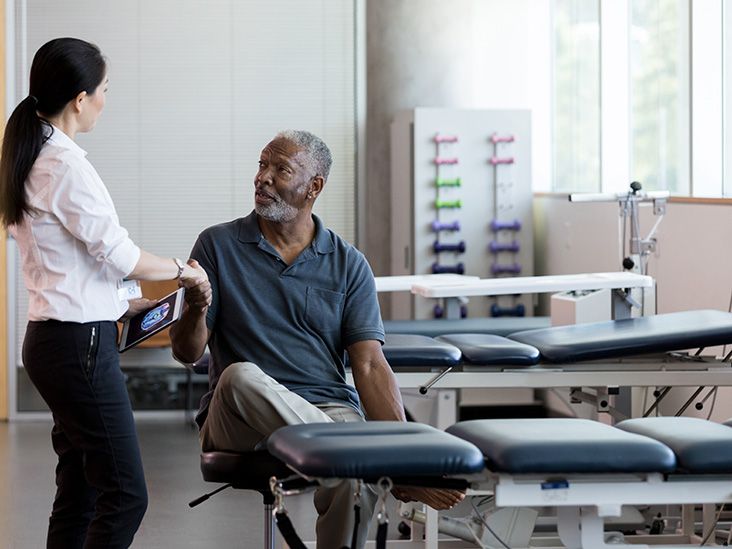Supporting Restoration By Individualized Physical Activity Strategies in Recovery Programs
Wiki Article
Recovery is an important procedure for patients who have undergone surgeries, or other health challenges. Rehabilitation initiatives play a crucial role in supporting these individuals to restore their resilience, improve movement, and return to their daily tasks. Tailored fitness prescription is a key component of successful rehabilitation. This signifies that workouts are specifically structured to meet the individualized requirements of each individual. By concentrating on targeted exercise programs, rehabilitation approaches can accelerate recovery and support better health results.
One of the initial stages in creating a customized exercise program is assessing the individual’s status. Healthcare practitioners conduct evaluations to determine the specific restrictions and abilities of each individual. This might include functional assessments, conversations about medical background, and objectives for recovery. For instance, an athlete rehabilitating from a knee condition may have distinct needs than an senior individual recovering from joint surgery. By recognizing these variations, practitioners can design an exercise regimen that targets the unique aspects of each case.

Incorporating various types of exercises is crucial for effective rehabilitation. Resistance training , flexibility exercises, and cardiovascular exercises all play important functions in rehabilitation. Strength exercise helps rebuild muscle strength and enhance endurance, which is especially critical after long periods of sedentary time. Flexibility movements increase range of motion and prevent rigidity in articulations. Cardiovascular activities, like brisk walking or biking, improve general conditioning and support cardiac function. A well-rounded exercise program that incorporates all these elements can significantly aid in the rehabilitation process.
Tracking progress is another essential element of rehabilitation programs with tailored fitness prescriptions. As individuals participate in their customized routines, medical practitioners company website observe improvements and make required modifications to the program. This ongoing assessment guarantees that the workouts remain beneficial and appropriate as the patient advances. Setting specific milestones can also motivate participants during their rehabilitation journey. Achieving incremental objectives builds self-assurance and promotes persistence in adhering with the recovery regimen.
Ultimately, enhancing recovery through tailored fitness planning demands partnership between medical practitioners and patients undergoing rehabilitation. Open communication is manual manipulation in physical therapy essential to recognizing how each individual responds throughout their rehabilitation process. By working jointly, both parties can address any challenges and celebrate achievements along the path. Customized rehabilitation programs not only help individuals recover physiologically but also contribute to their emotional well-being by instilling a feeling of accomplishment and self-reliance as they progress towards their wellness objectives.